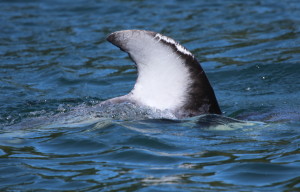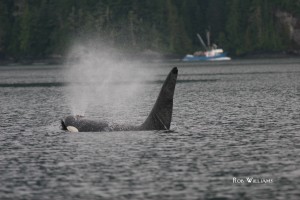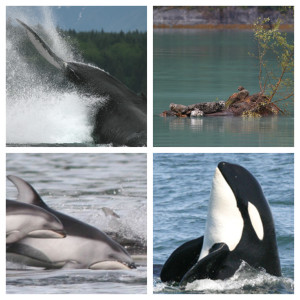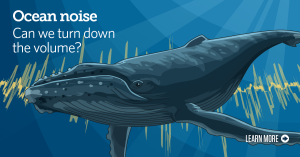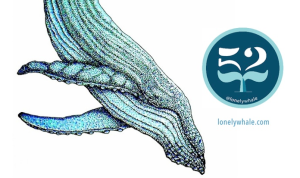Our team has arrived in the Broughton Archipelago and we are poised to carry out our dolphin photo-ID, health assessment, and disturbance studies. This year, we are thrilled to have an amazing team Laura Bogaard and Doug Sandilands. Laura, a student from Quest University, is our newest research assistant. Doug Sandilands has been working with the incredible team at The Center for Coastal Studies in Cape Cod as part of their large whale disentanglement program. As you all know, Doug is one of a kind and we are so happy to have his help.
Our dolphin health and conservation status project monitors health of individual Pacific white-sided dolphins and their population(s) in the Pacific Northwest. Thanks to Alexandra Morton’s pioneering work on this species, we now have a combined >25 years of data. This project is yielding new insights into the biology of the dolphins themselves, and ultimately about the health of the Salish and Great Bear Seas. In 2015, we launched a health study in partnership with Dr. Stephen Raverty to collect dolphin breath samples on petri dishes to screen for pathogens. This year, we plan to look for drug-resistant bacteria (e.g., linked to agricultural and sewage runoff) and how pathogen exposure changes in urban versus wild marine environments.
A second aim of our work this year is to assess the impact of human disturbance on dolphin behavio(u)r and populations. This non-invasive study will merge our past work on the impacts of vessels, noise, and other sources of disturbance (e.g., on resident killer whales) and the long-term demographic study to understand the population consequences of disturbance. We are not playing noise to the dolphins, but we will use their responses to our own boat and to large ships to explore how much harder dolphins may have to work to find food in a quiet versus noisy habitat.
Our first day on the water was a huge success. We encountered a few hundred Pacific white-sided dolphins foraging in a beautifully coordinated group. Many of the dolphins were well-marked, about 10% of the group were moms with babies, and the dolphins were vocalizing to one another in addition to echolocating. Please check out our Instagram account for more photos.
We look forward to sharing our notes and observations. Thank you to everyone for your support with launching these projects! Please sign up for our newsletter (see sidebar) if you’d like updates when we start generating results from our hard-won field data.
